Best Time for Cedar Clearings
Cedar clearings are most effectively performed during late winter to early spring. This period offers optimal conditions for removal, as the ground is often thawed but before new growth begins. Conducting clearings during this time minimizes disruption to the surrounding landscape and ensures better access to affected areas.
Timing also depends on local climate and specific site conditions. Clearings in late fall can be effective in some regions, especially when the ground is firm and dry. Avoiding peak growing seasons helps prevent stress on remaining vegetation and promotes healthier regrowth.
Late winter to early spring is generally recommended for cedar clearings to ensure minimal environmental impact and better site conditions.
Clearings should be scheduled during dry weather to prevent soil compaction and facilitate equipment access.
Performing clearings outside of peak growth periods reduces stress on remaining trees and promotes healthier regeneration.
Frozen or firm ground conditions in winter improve safety and ease of equipment movement.
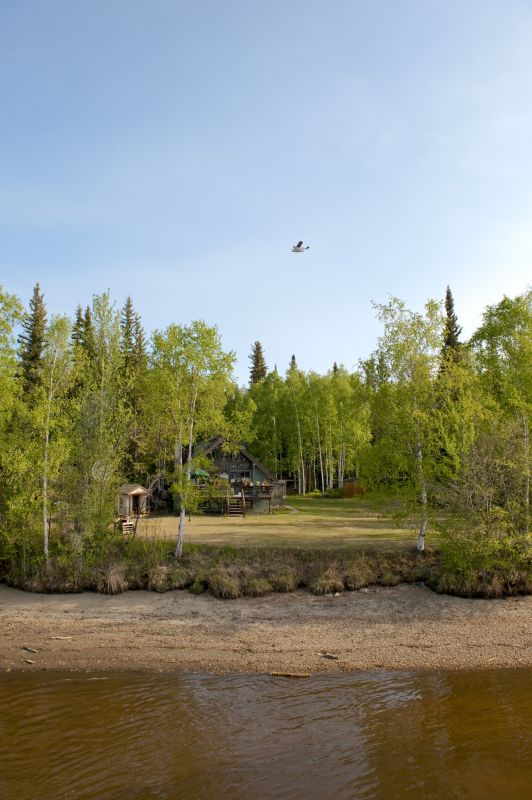
A landscape showing cedar trees being cleared during the winter months.
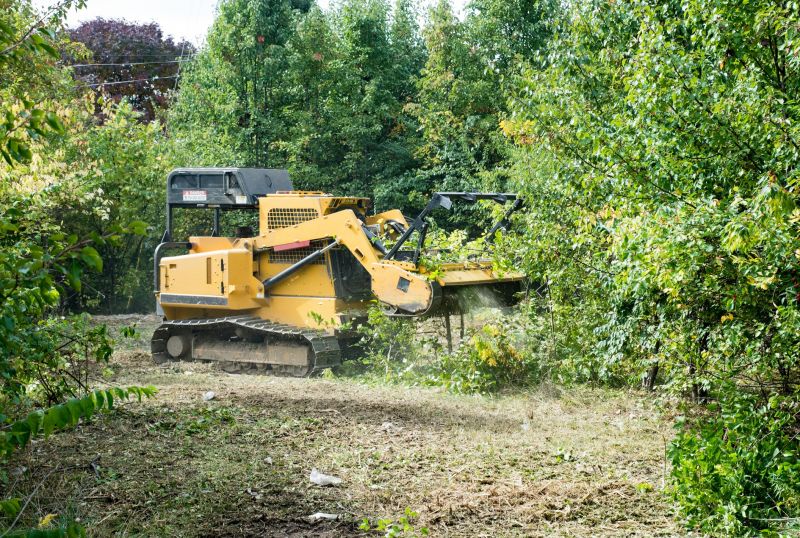
Equipment working in a cedar clearing site in early spring.
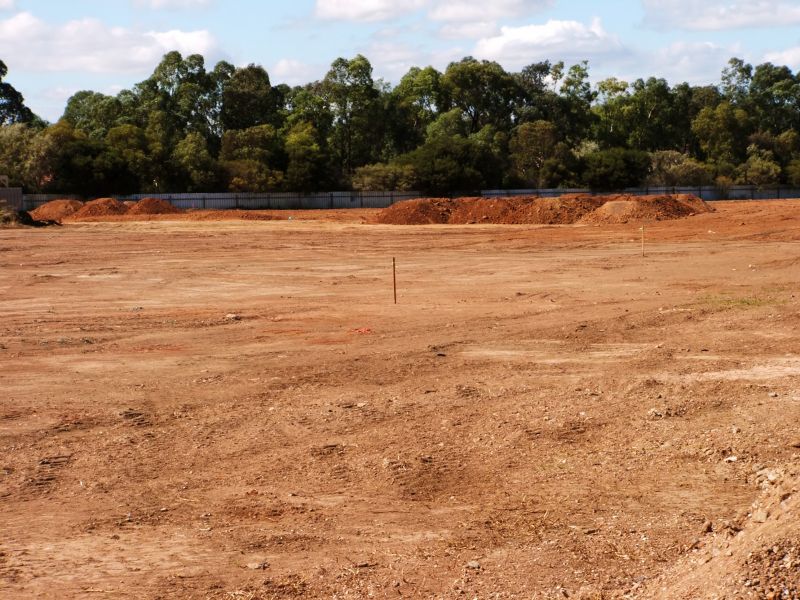
Cleared cedar area ready for replanting or land use.

Ways to make Cedar Clearings work in tight or awkward layouts.

Popular materials for Cedar Clearings and why they hold up over time.
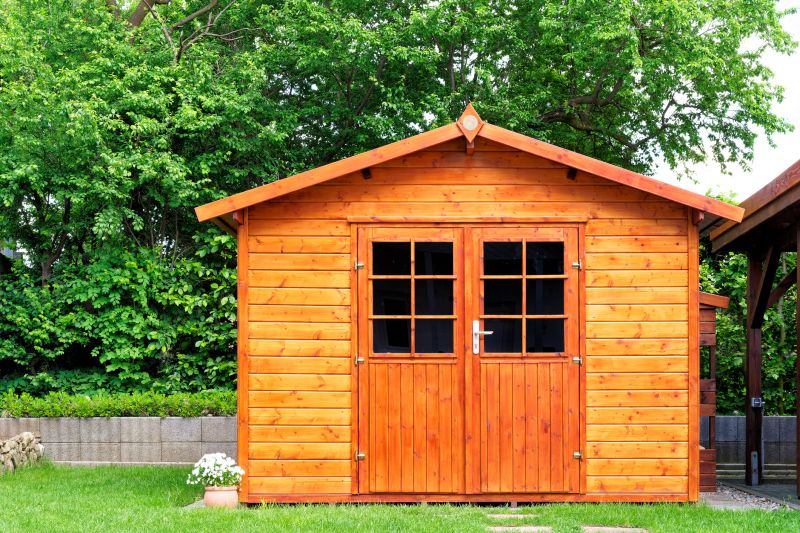
Simple add-ons that improve Cedar Clearings without blowing the budget.
| Season | Advantages |
|---|---|
| Late Winter | Soil is frozen, making equipment use easier and soil disturbance minimal. |
| Early Spring | Prevents growth stress and allows for quick site rehabilitation. |
| Late Fall | Less foliage, easier cleanup, and preparation for winter dormancy. |
| Summer | Generally not recommended due to active growth and higher ecological impact. |
| Mid Fall | Potential for soil erosion and increased disturbance; less ideal. |
Cedar clearings require careful planning to align with seasonal conditions that support effective and responsible land management. Proper timing can improve site outcomes and reduce environmental stress.
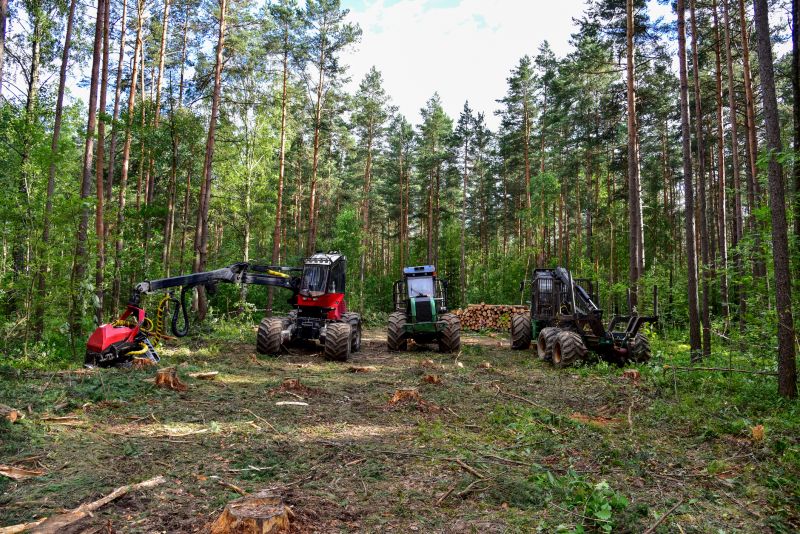
Heavy machinery working in a cedar clearing site.
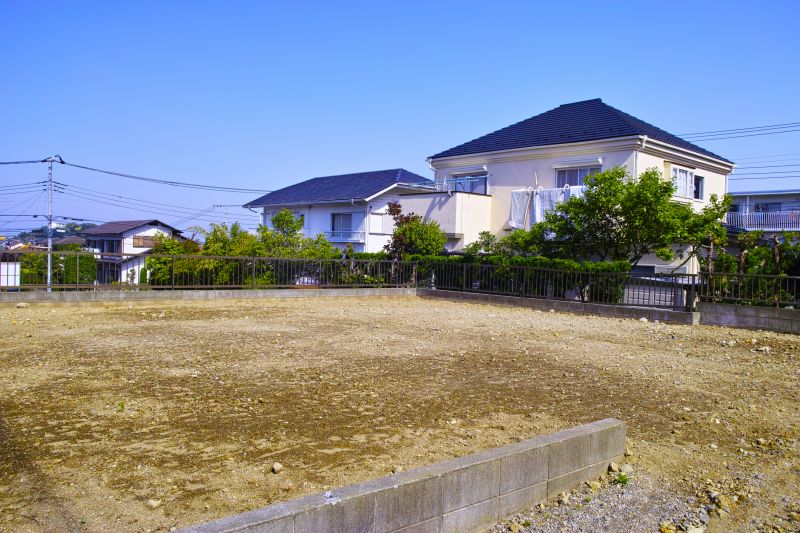
Cleared cedar area ready for replanting.

A landscape showing cedar trees in different seasons.
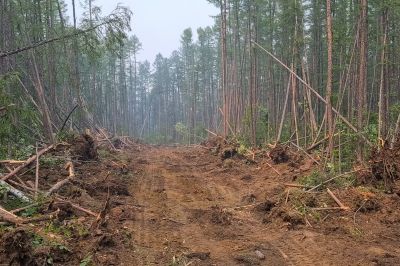
Cleaned land area post cedar removal activity.
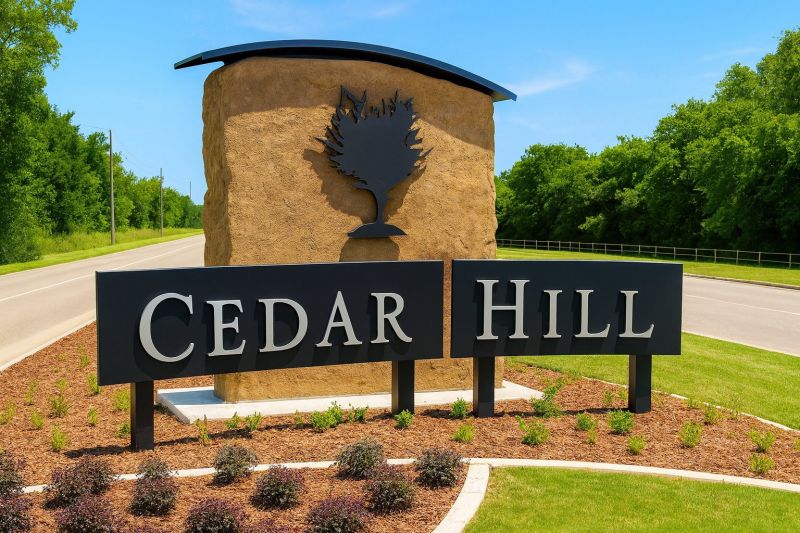
High-end options that actually feel worth it for Cedar Clearings.
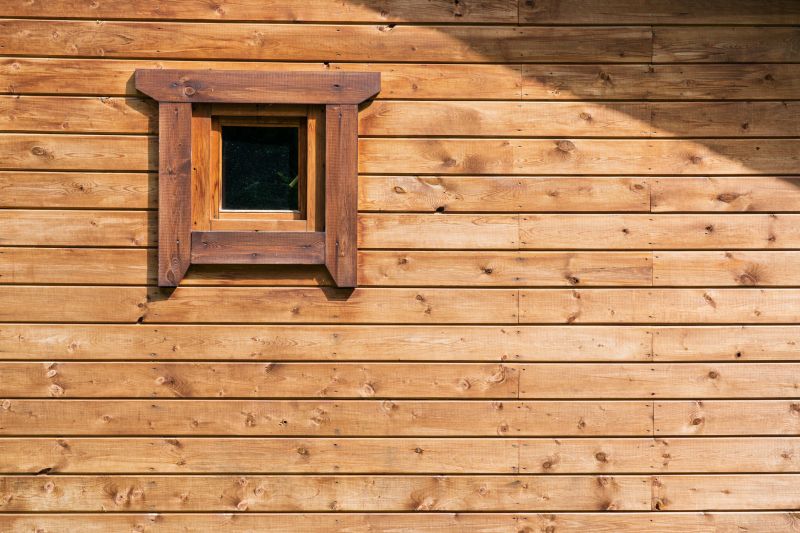
Finishes and colors that play nicely with Cedar Clearings.

Little measurements that prevent headaches on Cedar Clearings day.
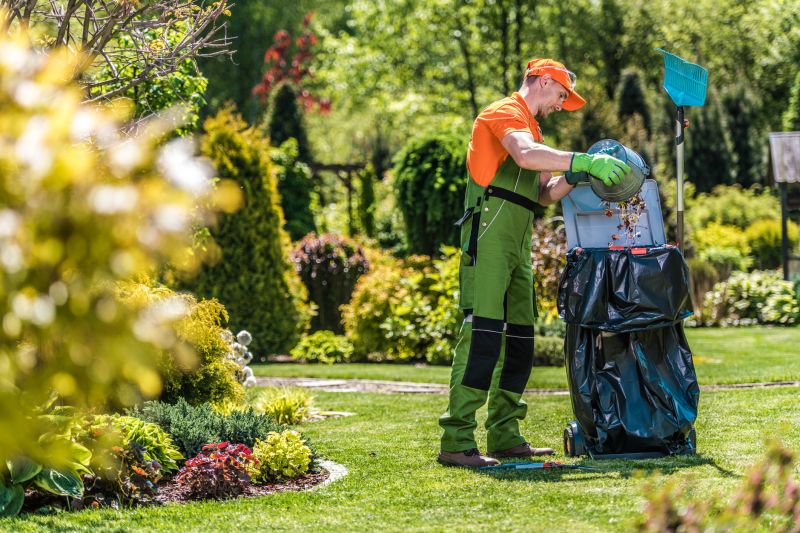
A 60-second routine that keeps Cedar Clearings looking new.
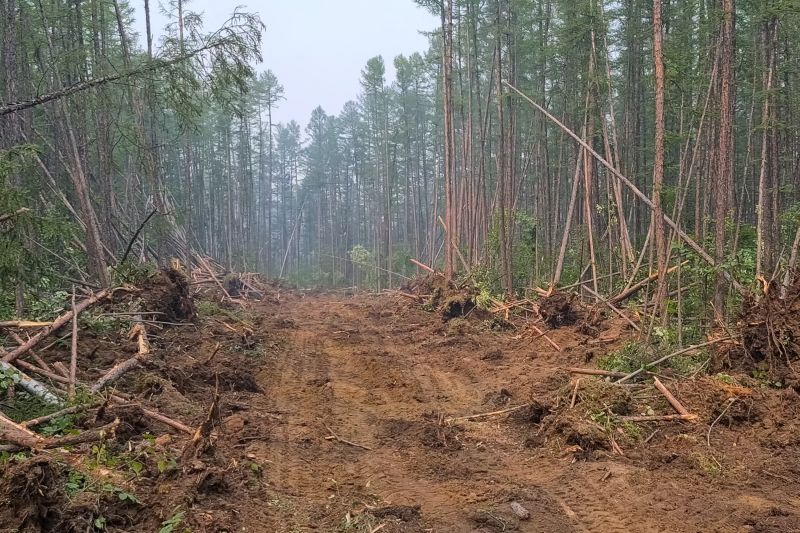
A frequent mistake in Cedar Clearings and how to dodge it.

Small tweaks to make Cedar Clearings safer and easier to use.
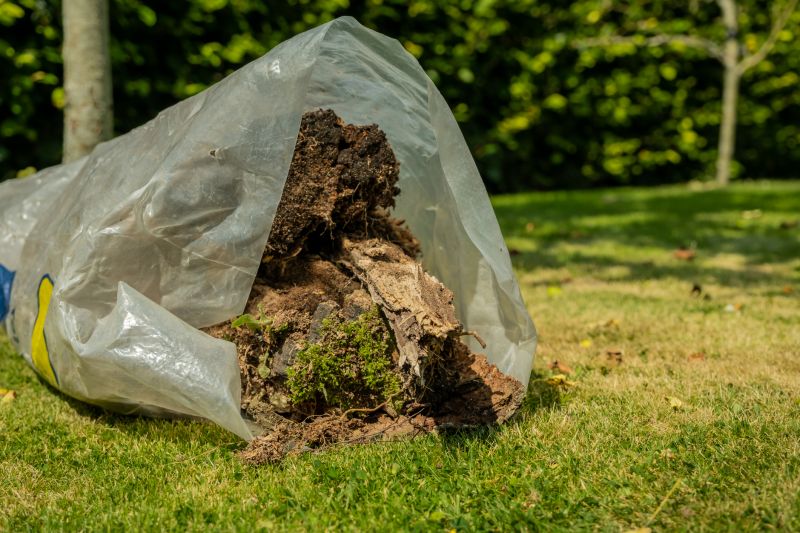
Lower-waste or water-saving choices for Cedar Clearings.

The short, realistic tool list for quality Cedar Clearings.
Interested in cedar clearing services? Filling out the contact form can provide more detailed information and assistance tailored to specific site needs.
